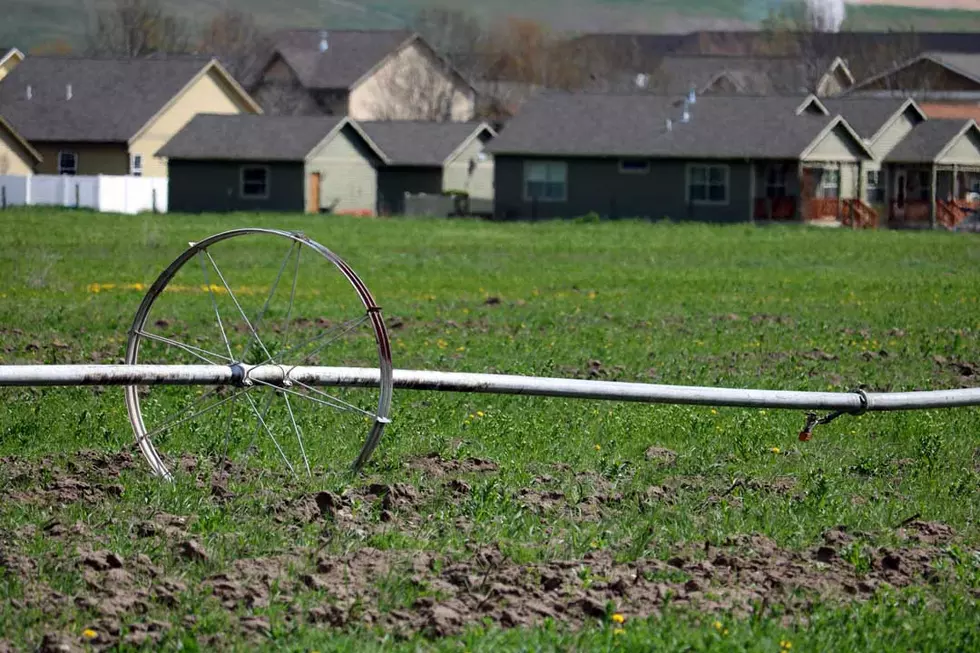
Missoula County zoning updates eye ag preservation; keeps tabs on water rights
As Missoula County updates its zoning codes and land-use map, preserving agricultural soils while monitoring the transfer of water rights could have a hand in future development.
The county's planning department on Tuesday night offered an overview of the various conservation-related issues within the new zoning codes, which will guide planning and development outside the city limits.
That includes efforts to preserve agricultural soils throughout the valley by using what county planner Andrew Hagemeier described as conservation design.
“This is the art of allowing development to occur and preserving agricultural land at the same time,” he said. “Our subdivision regulations, up until the state changed the law on us, we could require mitigation in terms of preservation from the development. We've lost that ability through the subdivision process, but we still have it through zoning.”
Despite the pleadings of county officials, the 2021 Legislature nixed a zoning tool that was used during the subdivision review process to mitigate the loss of agricultural soils in rapidly growing areas, such as Missoula and Bozeman.
Without that ability, Hagemeier said, the county will place greater emphasis on zoning using conservation design, which offers incentives to developers who preserve important farming soils.
The code requires conservation in the county's agricultural district on prime agricultural soils, though it's voluntary elsewhere, Hagemeier said.
“That's how it's drafted right now, but that's not necessarily how it will end up,” he said. “There's some interest in expanding the requirements through conservation design through additional districts when on prime ag soil.”
Concerns over water rights are also on the table, given their impact on development.
Hagemeier said the Montana Department of Natural Resources and Conservation considers Missoula a closed basin, which has consequences for development.
“That does limit development potential throughout the valley, as far as large subdivisions,” he said. “But the development community has gotten pretty savvy with how they approach subdivisions, using covenants that call for various things like xeriscaping. That allows quite a few homes and DNRC accepts it. It's within the rules.”
With water rights weighing heavily in development plans, Hagemeier said the county has concerns over the transfer of water rights under certain circumstances.
A farm or ranch that holds water rights for agricultural land could transfer those rights to development. And that could result in leap-frog development, Hagemeier said.
“It could make suburban type developments far away from town. That's a possibility,” he said. “We haven't seen too much of that in the Missoula area yet, but it happens throughout Montana.”
The county is also keeping tabs on the future of the former Smurfit-Stone container mill site in Frenchtown. The property is currently being reviewed for potential contaminants and cleanup, though the size of the property offers vast development potential.
Last year, MLH Montana, a subsidiary of Wakefield-Kennedy and the new owner of part of the Smurfit-Stone property, sought to relocate several boundary lines on at least five parcels.
Some questioned whether the relocation request would allow MLH Montana to develop the property more easily than if it had to go through a more in-depth county subdivision review.
“Some out-of-state investment firm owns 2 million gallons per day (water rights) at the old mill site,” Hagemeier said. “They could decide to create a private water system out of those 2 million gallons per day and start selling it to adjacent property owners. We could see that private like sprawl occur.”
